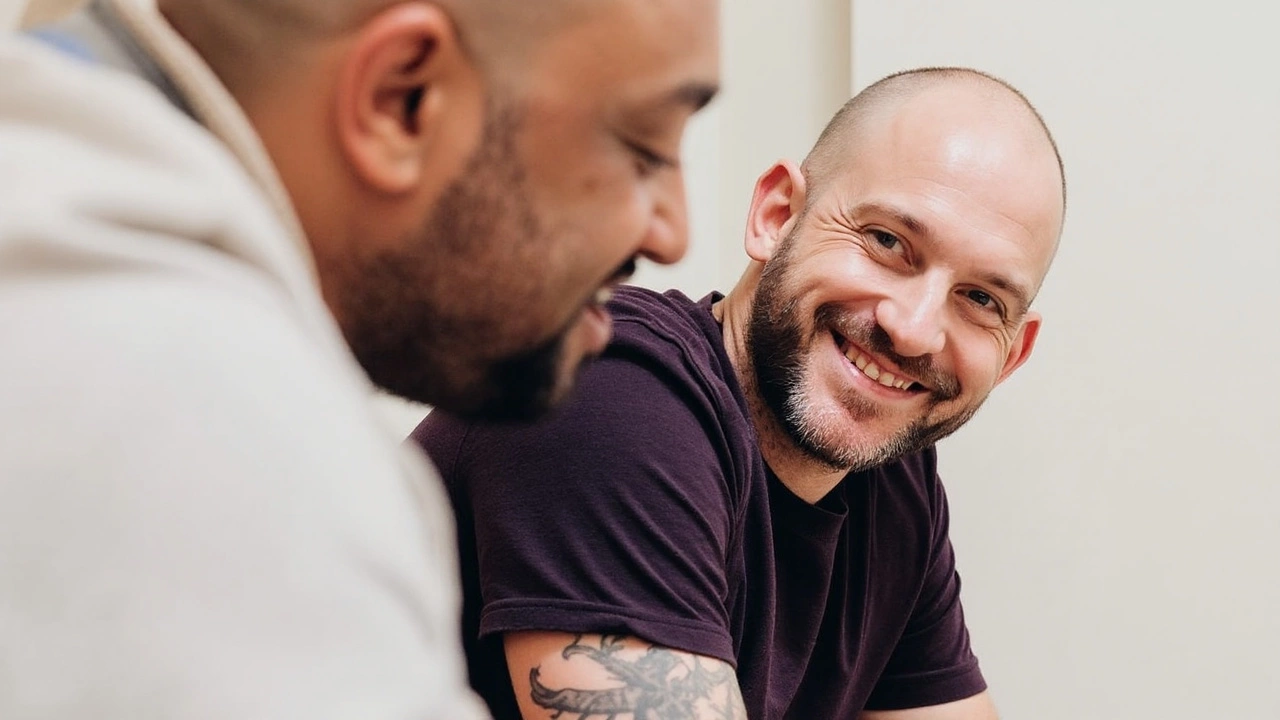Suicide Prevention: Understanding and Action for Everyone
When working with Suicide Prevention, the practice of stopping self‑harm through education, early intervention and ongoing support. Also known as self‑harm prevention, it plays a vital role in protecting lives, especially within high‑pressure environments like sports. In parallel, Mental Health, a person’s emotional and psychological well‑being forms the foundation for any prevention effort. Suicide Prevention involves recognizing warning signs, providing safe‑talk conversations, and linking people to professional help. It also depends on Community Support, local networks, clubs and volunteers that offer listening ears and practical aid. Together, these elements create a safety net that catches those who feel isolated, particularly athletes who often hide stress behind performance.
How Sports Settings Influence Wellbeing
In sports, the pressure to perform can magnify mental health challenges, making Athlete Wellbeing, the holistic health of players, coaches and support staff a non‑negotiable priority. Sports Psychology, the study of mental factors that affect athletic performance directly influences how individuals cope with stress, anxiety and identity loss after injury or retirement. When clubs embed mental‑health screenings, peer‑support programs, and easy access to counseling, they fulfill a core part of suicide prevention. Research shows that open dialogue about emotions reduces stigma and encourages early help‑seeking, which in turn lowers the risk of self‑harm. Therefore, the link between suicide prevention and sports culture is clear: proactive mental‑health initiatives, educated coaches, and strong community ties together create an environment where help is reachable.
Below you’ll find a curated mix of articles that dive into these topics from different angles. Whether you’re a fan curious about how cricket’s intense schedule affects player mental health, a coach looking for practical steps to foster open conversations, or simply someone seeking trusted resources, the collection offers real‑world examples, actionable tips and thoughtful analysis. Explore the posts to see how awareness, support networks, and professional guidance intersect, and discover how you can contribute to a safer, more caring sports community.
